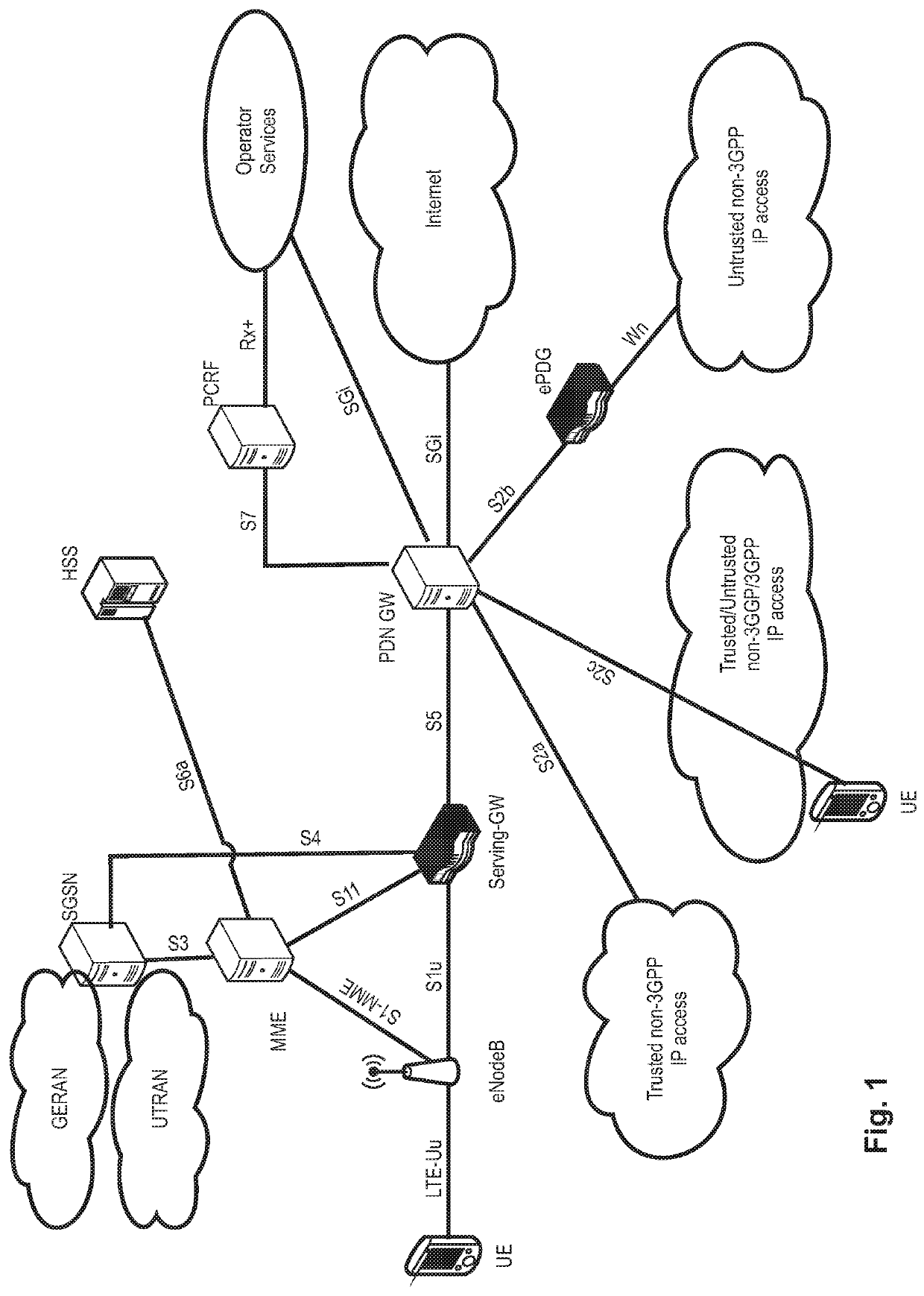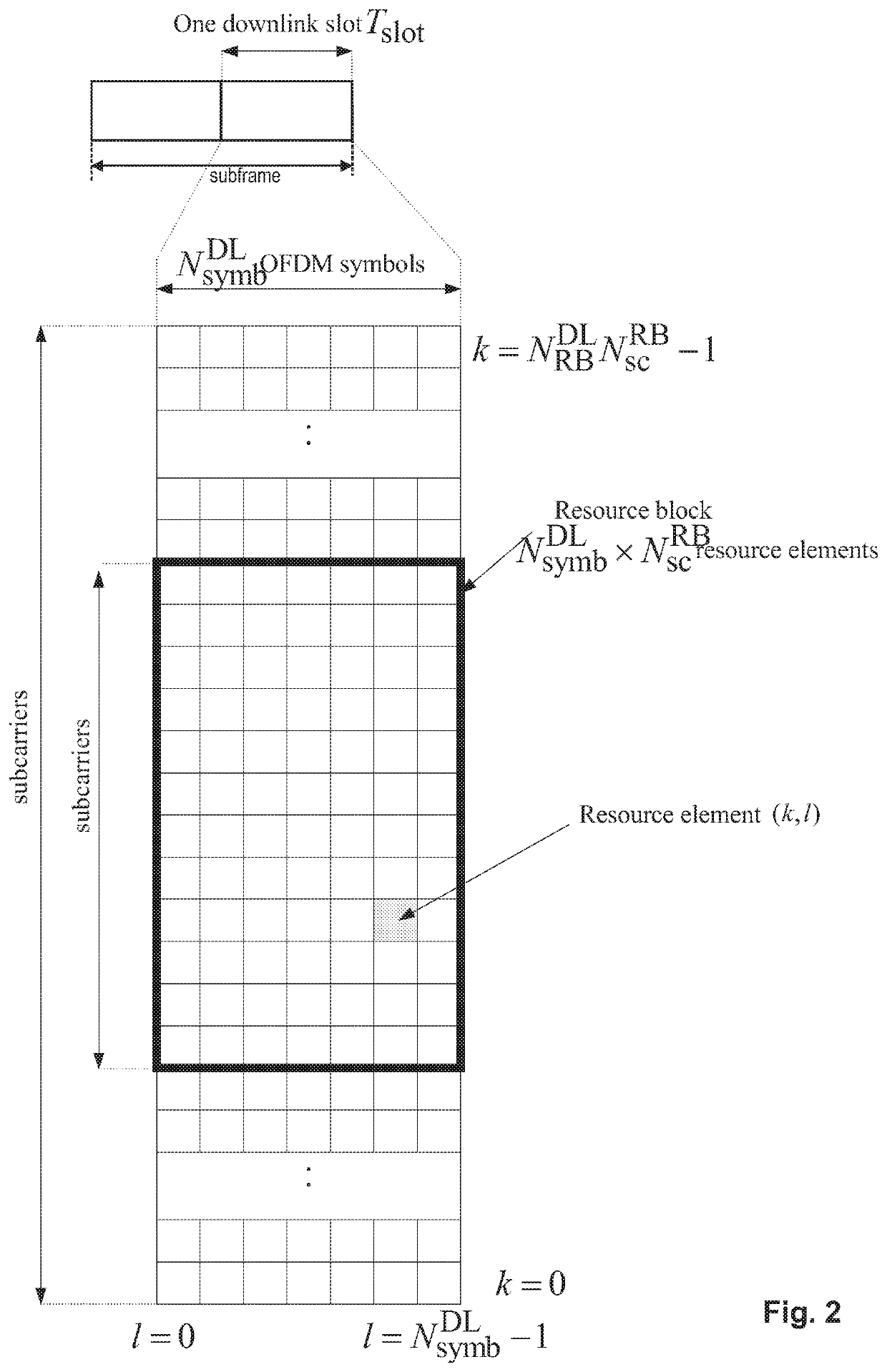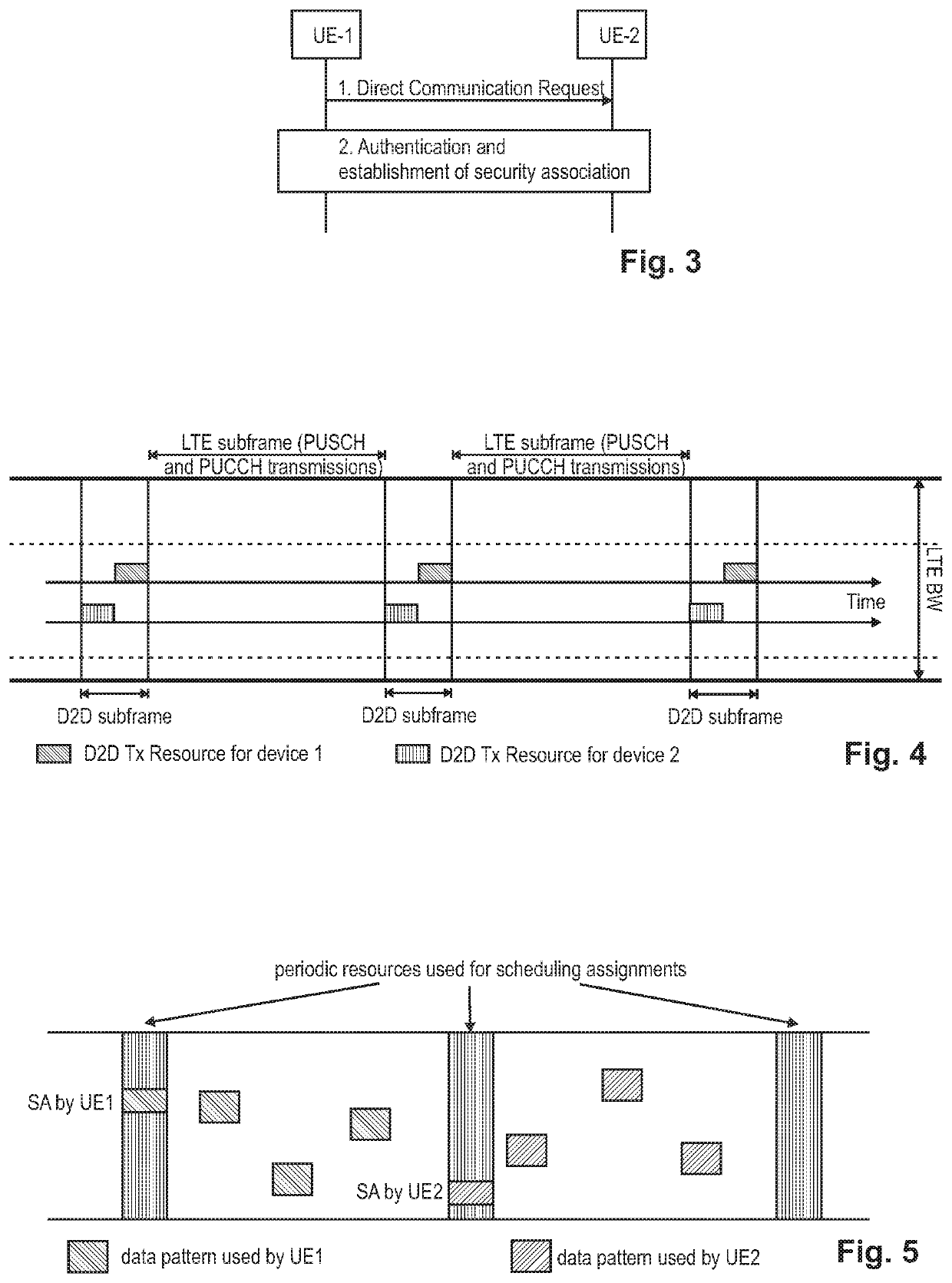Improved relay ue discovery for proximity services
a proximity service and relay technology, applied in the field of relay user equipment discovery, can solve the problems of limiting the number of relay user equipment and not being able to serve as a relay for additional users, and causing delay in the relay selection process,
- Summary
- Abstract
- Description
- Claims
- Application Information
AI Technical Summary
Benefits of technology
Problems solved by technology
Method used
Image
Examples
first embodiment
[0297]In the following a first embodiment for solving the above problem will be described in detail. Implementations of the first embodiment will be explained in connection with FIGS. 15 to 18.
[0298]According to the first embodiment, an overload indication is introduced into the discovery procedure, which allows the relay UE to indicate (and the receiving remote UE(s) to learn) whether the corresponding relay UE is overloaded or not. In case the relay UE indicates, by use of the overload indication, that the relay UE is overloaded, the remote UE(s) shall not select the corresponding overloaded relay but another available (not overloaded) relay discovered during the discovery process. As such, by extending the discovery mechanism with the overload indication, the overload state of the relay UE(s) can be taken into account during the direct discovery so as to avoid delaying the relay selection and to avoid further increasing the load in the overloaded relay.
[0299]The relay UE might be...
second embodiment
[0323]In the following a second embodiment for solving the above problems will be described in detail. The second embodiment's main concept is different from that of the first embodiment. However, similar assumptions can be made for the scenario(s) with which the underlying principles of the second embodiment will be explained. In particular, a ProSe-enabled and ProSe relay-enabled UE is assumed which shall implement an improved relay direct discovery mechanism, as will be explained in the following.
[0324]In the same manner as for the above-described first embodiment, the relay UE shall monitor its overload state. In order to avoid mere repetition, reference is made to the corresponding passages of the first embodiment dealing with the step of determining whether or not the relay UE is overloaded; this for instance includes the definition of an overload state in the relay UE, when to perform the overload determination, etc.
[0325]The improved direct discovery mechanism of second embo...
third embodiment
[0341]In the following a third embodiment for solving the above problems will be described in detail. The concept of the third embodiment is different from that of the first and second embodiments explained above. Similar assumptions can be made for the third embodiment. For instance, a ProSe-enabled and ProSe-relay-enabled UE is assumed which shall implement an improved relay direct discovery mechanism, as will be explained in the following. In addition to the assumptions presented for the first and second embodiments, the third embodiment is mostly restricted to relay direct discovery according to model A (i.e., where the relay discovery messages are periodically transmitted).
[0342]In the same manner as for the first and second embodiments described above, the relay UE shall monitor its overload state. Again, to avoid mere repetition, reference is made to the corresponding passages of the first embodiment dealing with the step of determining whether or not the relay UE is overload...
PUM
 Login to View More
Login to View More Abstract
Description
Claims
Application Information
 Login to View More
Login to View More - R&D
- Intellectual Property
- Life Sciences
- Materials
- Tech Scout
- Unparalleled Data Quality
- Higher Quality Content
- 60% Fewer Hallucinations
Browse by: Latest US Patents, China's latest patents, Technical Efficacy Thesaurus, Application Domain, Technology Topic, Popular Technical Reports.
© 2025 PatSnap. All rights reserved.Legal|Privacy policy|Modern Slavery Act Transparency Statement|Sitemap|About US| Contact US: help@patsnap.com



